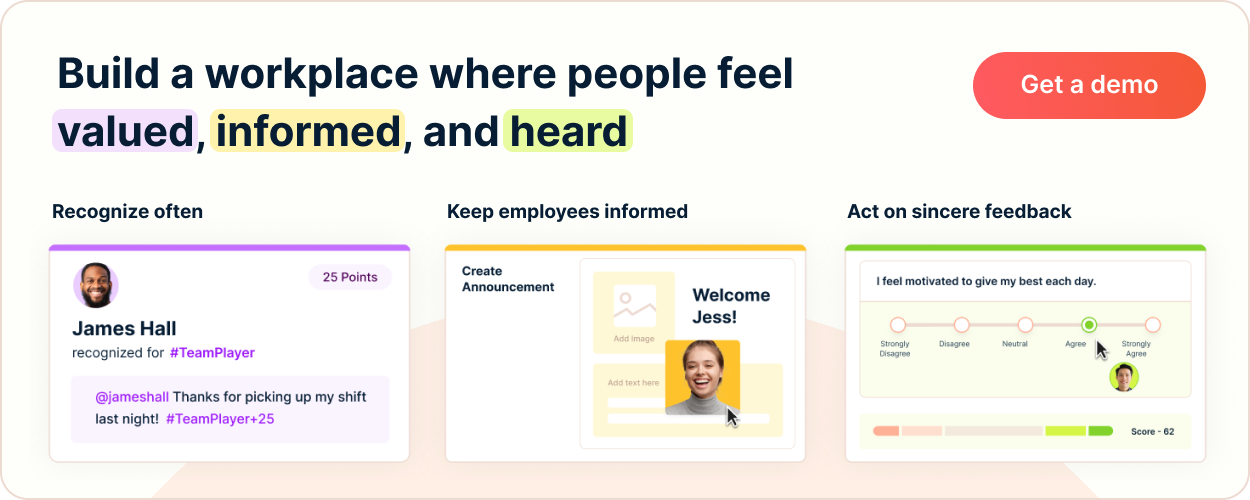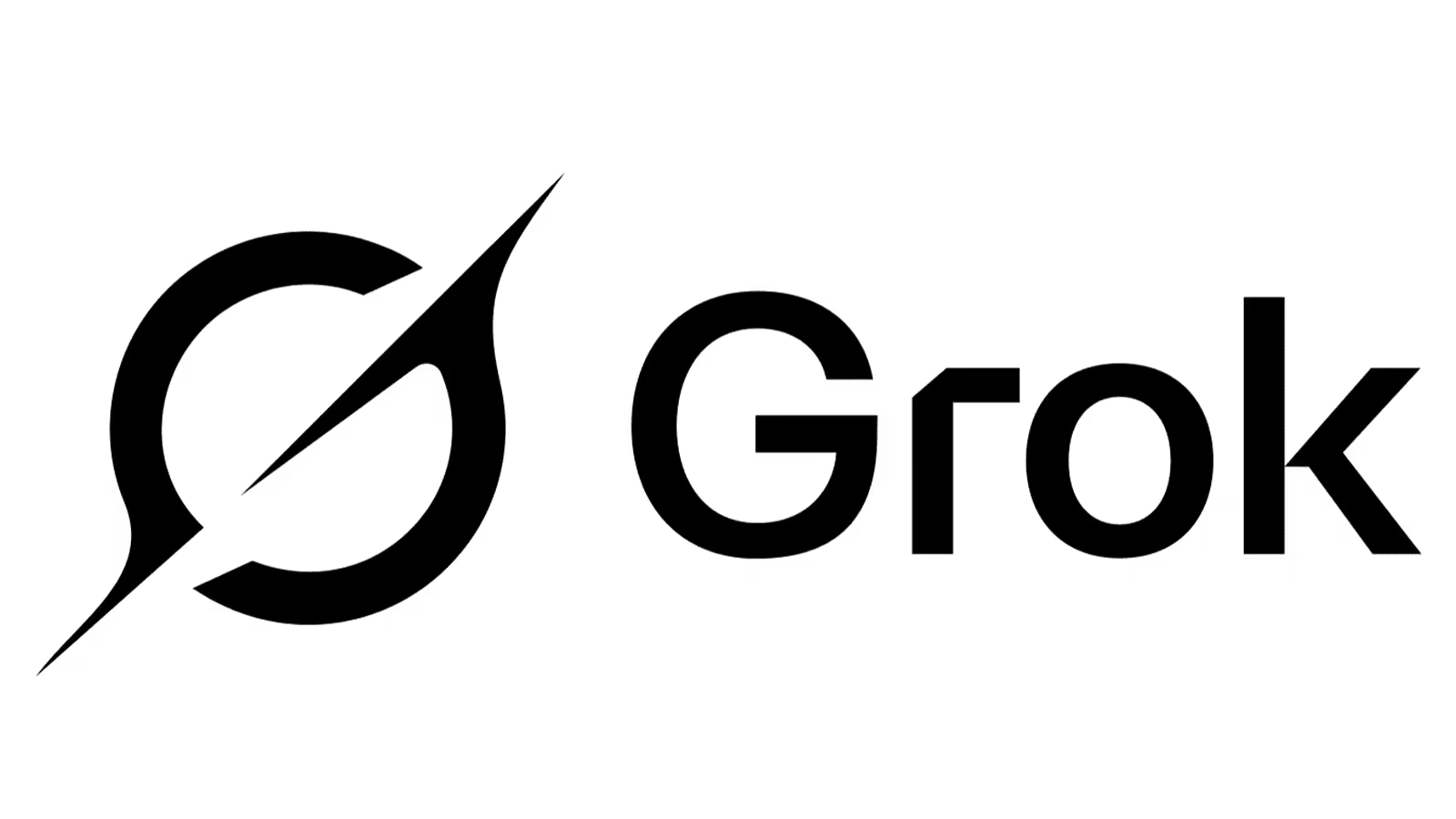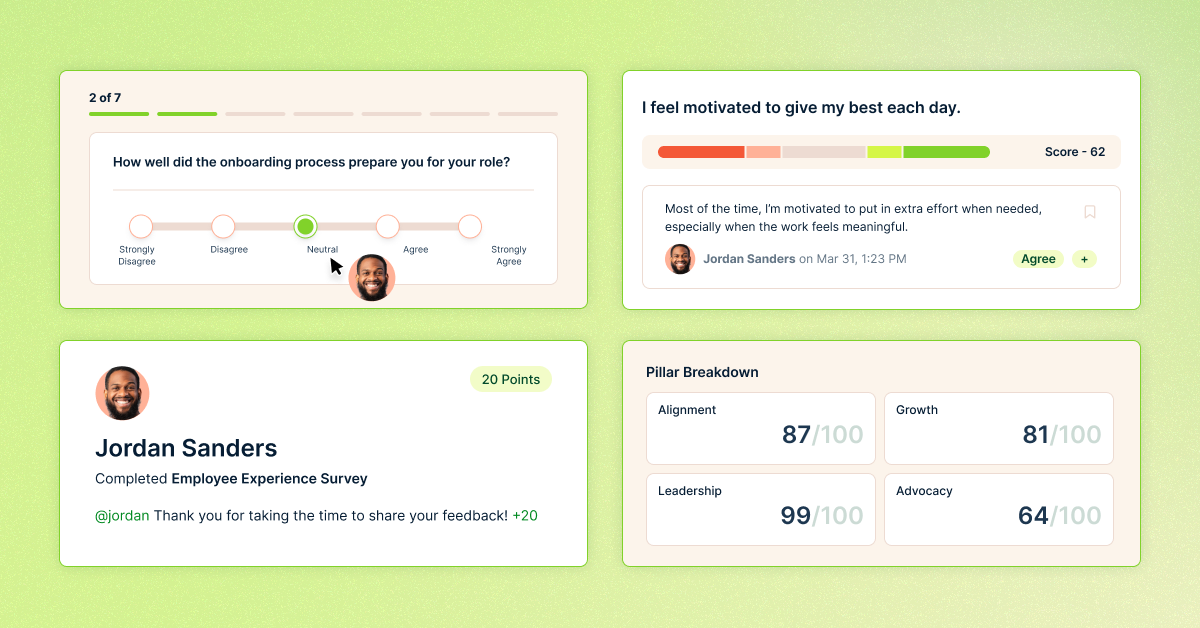How Small Changes Can Lead to Big Improvements in Employee Engagement

Here's the TL;DR
Small, consistent changes in the workplace can lead to meaningful improvements in employee engagement and overall performance. Instead of relying solely on large-scale programs, organizations are seeing success with micro-level strategies—like brief daily check-ins, targeted recognition, and real-time feedback. These approaches build trust, psychological safety, and a sense of purpose, all of which are essential for sustainable engagement.
Examples of impactful small changes include:
- Daily five-minute team huddles to align goals and boost communication
- Micro-recognition (e.g., personalized thank-yous or public praise)
- Contextual, real-time feedback that reinforces positive behaviors
- Flexible work arrangements to support autonomy and balance
- Regular one-on-one check-ins that foster trust and openness
Organizations that personalize wellness initiatives and align individual roles with broader company goals see stronger results. Companies like Microsoft and Spotify have successfully used tools like skill-mapping and autonomy-driven teams to increase efficiency and innovation. Leadership plays a crucial role by modeling supportive behaviors and embedding engagement into everyday routines.
Key strategies to drive engagement through small actions:
- Align roles with personal strengths and organizational missions
- Practice active listening to validate employee input
- Encourage autonomy and self-direction within team structures
- Use pulse surveys and feedback loops to measure progress
- Personalize wellness offerings based on employee needs and data
By focusing on incremental, people-first tactics, companies can create resilient, high-performing cultures that evolve and thrive over time.
In 2019, a Gallup study revealed that only 15% of employees worldwide felt engaged at work—a statistic that has remained stubbornly low despite billions spent annually on corporate engagement programs. Yet, in the same year, a small manufacturing firm in Ohio saw a 32% increase in productivity after implementing a single, low-cost initiative: daily five-minute team huddles. This seemingly minor adjustment fostered open communication, clarified goals, and strengthened team cohesion, demonstrating that transformative change often begins with the smallest of actions.
Employee engagement, often discussed in sweeping terms, is deeply personal and nuanced. It thrives not on grand gestures but on consistent, meaningful interactions. Dr. Priya Malhotra, a behavioral psychologist at Stanford University, notes, “Engagement is less about perks and more about trust and recognition—elements that are built incrementally, not overnight.”
The evidence is clear: small, deliberate changes can ripple outward, reshaping workplace culture and driving measurable success.
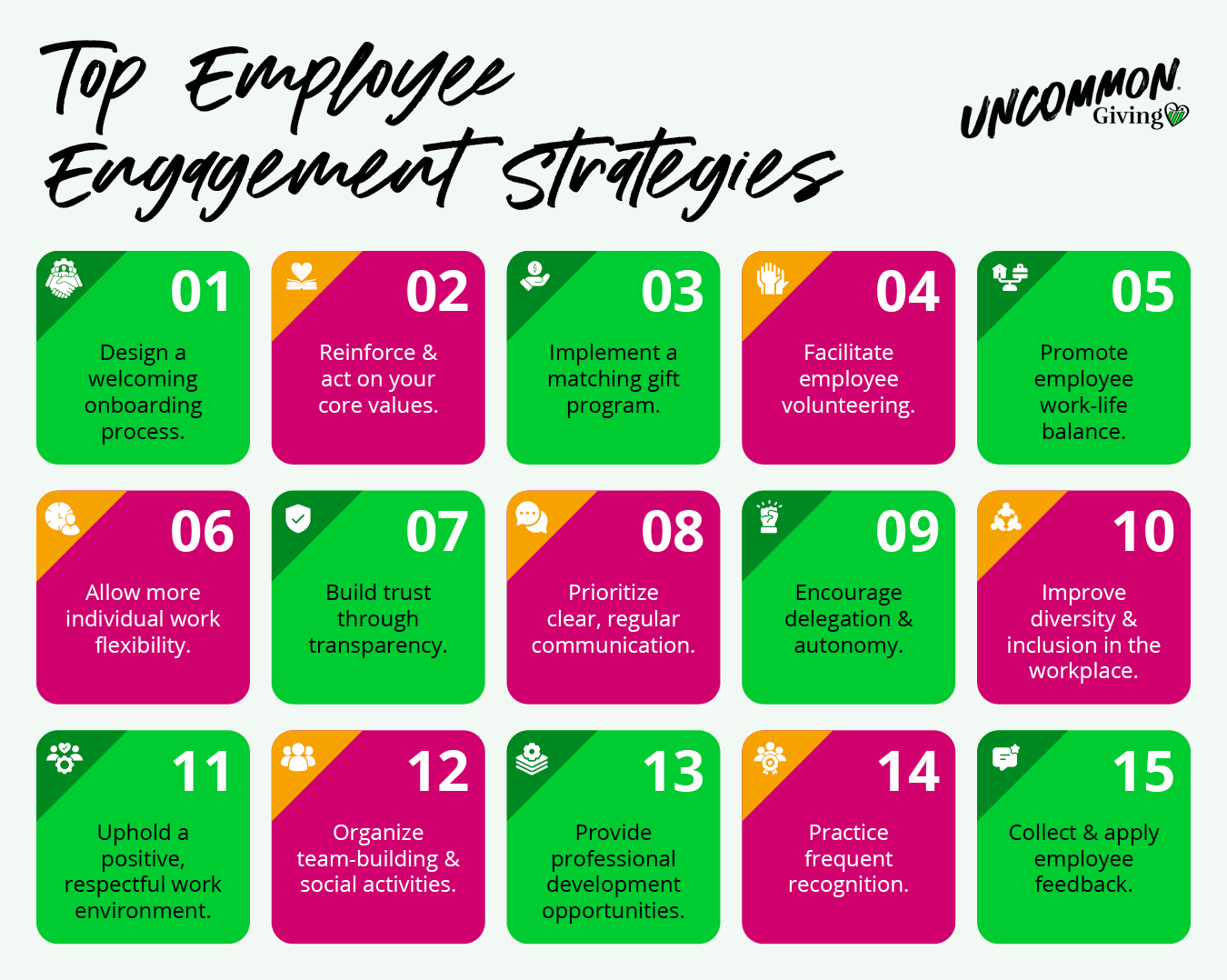
Image source: uncommongiving.com
Defining Employee Engagement and Its Importance
Employee engagement is fundamentally about fostering a sense of purpose and belonging within the workplace. One often-overlooked technique is the strategic alignment of individual roles with organizational goals. This approach not only enhances productivity but also cultivates intrinsic motivation by connecting employees’ daily tasks to the broader mission of the company.
Why does this matter? Misalignment between an employee’s strengths and their responsibilities can lead to disengagement, even in otherwise supportive environments. By contrast, when employees see how their contributions directly impact organizational success, they are more likely to feel valued and committed. This principle is supported by research from Deloitte Insights, which highlights that organizations prioritizing role alignment report higher retention and satisfaction rates.
A practical implementation involves leveraging tools like skill-mapping software to identify gaps and opportunities. For example, Microsoft utilized such tools to restructure teams, resulting in a 20% increase in project efficiency. However, this method requires careful calibration; overemphasis on alignment without flexibility can stifle creativity and innovation.
“Engagement thrives when employees feel their work has meaning and aligns with their personal strengths.”
— Dr. Sarah Chen, Organizational Psychologist
Ultimately, the key lies in balancing alignment with adaptability, ensuring that employees remain both purpose-driven and empowered to innovate.
The Impact of Engagement on Organizational Success
A critical yet often overlooked driver of organizational success is the role of psychological safety in fostering employee engagement. Psychological safety, defined as the shared belief that team members can express ideas or concerns without fear of negative consequences, directly influences innovation, collaboration, and overall performance.
This concept matters because it underpins the trust necessary for employees to take risks, share feedback, and contribute authentically. Research from Google’s Project Aristotle revealed that teams with high psychological safety consistently outperformed others, demonstrating its tangible impact on success metrics like productivity and retention.
To implement this, leaders can adopt structured feedback loops, such as anonymous surveys paired with transparent action plans. For instance, Adobe’s “Check-In” system replaces annual reviews with ongoing, open conversations, resulting in a 30% reduction in voluntary turnover. However, challenges arise when psychological safety is misinterpreted as avoiding accountability, which can dilute performance standards.
“Psychological safety is the foundation of engagement—it enables employees to bring their full selves to work.”
— Dr. Amy Edmondson, Professor of Leadership and Management, Harvard Business School
By embedding psychological safety into daily practices, organizations can unlock sustained engagement and drive transformative outcomes.
The Power of Incremental Change
Incremental change operates on the principle of compounding impact, where small, consistent actions accumulate to produce transformative results. A study by the Harvard Business Review found that organizations implementing incremental improvements in workflows experienced a 23% increase in operational efficiency within a year. This approach thrives on the psychological concept of self-efficacy, where employees gain confidence through repeated, manageable successes, fostering a culture of sustained engagement.
One misconception is that small changes lack the urgency or visibility to drive meaningful outcomes. However, consider Toyota’s Kaizen methodology, which emphasizes continuous, small-scale improvements. This system not only revolutionized manufacturing but also empowered employees to identify inefficiencies, resulting in a 50% reduction in production defects over five years. The lesson? Incremental change is not passive—it’s a proactive strategy that builds momentum.
Think of it as planting seeds: each adjustment, no matter how minor, nurtures a foundation for growth. Over time, these efforts interconnect, creating a resilient ecosystem of innovation and adaptability that transforms organizational culture.

Image source: fastercapital.com
Micro Shifts and Their Compounding Effects
Micro shifts, subtle yet intentional adjustments in workplace practices, hold the potential to redefine employee engagement. One such technique is the strategic use of “micro-recognition”—brief, consistent acknowledgments of individual contributions. This approach leverages the psychological principle of reinforcement, where positive feedback strengthens desired behaviors over time. Unlike grand gestures, micro-recognition integrates seamlessly into daily workflows, fostering a culture of appreciation without disrupting operations.
The effectiveness of micro-recognition lies in its ability to create a ripple effect. For example, a study by Salesforce revealed that teams practicing regular, small-scale recognition reported a 25% increase in collaboration and idea-sharing. This demonstrates how micro shifts not only enhance individual morale but also catalyze collective innovation. However, the success of such initiatives depends on contextual factors, such as leadership consistency and the authenticity of recognition. Superficial or sporadic efforts can erode trust, undermining the intended impact.
A nuanced challenge arises in measuring the outcomes of micro shifts. Traditional metrics often overlook the incremental nature of these changes. Organizations like Zappos have addressed this by employing qualitative feedback loops, such as employee sentiment surveys, to capture the evolving cultural dynamics.
“Sustainable engagement is built on small, meaningful actions that resonate with employees’ daily experiences.”
— Dr. Camille Preston, Leadership Expert
Ultimately, micro shifts exemplify how minor, deliberate actions can compound into transformative cultural shifts, proving that progress is often a series of small, intentional steps.
Sustainable Engagement Through Small Actions
A pivotal yet often underestimated driver of sustainable engagement is the practice of “contextual micro-feedback.” Unlike traditional feedback mechanisms, which are periodic and formal, contextual micro-feedback involves delivering immediate, task-specific input tailored to the moment. This approach capitalizes on the principle of immediacy, ensuring that feedback is both relevant and actionable, thereby reinforcing desired behaviors in real time.
The strength of this technique lies in its adaptability. For instance, a study conducted by Atlassian revealed that teams receiving real-time feedback during collaborative sprints improved task completion rates by 18% compared to those relying on end-of-cycle reviews. This underscores how micro-feedback not only enhances individual performance but also fosters a culture of continuous improvement. However, its success hinges on the delivery method—feedback must be constructive, specific, and framed within the context of the task to avoid being perceived as micromanagement.
One challenge is scalability across diverse teams. Organizations like HubSpot have addressed this by integrating feedback tools into their project management systems, enabling leaders to provide consistent, contextual input without overwhelming workflows.
“Effective feedback is not about volume but precision—it’s the right insight at the right time that drives engagement.”"
— Dr. Laura McBain, Behavioral Scientist
By embedding contextual micro-feedback into daily operations, organizations can cultivate a dynamic, responsive environment where engagement thrives organically.
Implementing Effective Engagement Strategies
Effective engagement strategies hinge on precision and adaptability, requiring leaders to address both systemic and individual needs. A 2023 study by Gallup revealed that organizations with highly engaged employees experienced a 23% increase in profitability, underscoring the tangible financial impact of engagement. However, achieving this requires moving beyond generic initiatives to targeted, evidence-based actions.
One counterintuitive insight is the role of autonomy-supportive leadership. Research from the University of Rochester highlights that when managers provide employees with choice and encourage self-direction, intrinsic motivation increases by 34%. This approach contrasts with traditional top-down management, which often stifles creativity and ownership.
Consider the example of Spotify, which implemented “squad autonomy” to empower teams. By allowing squads to set their own goals within broader company objectives, Spotify not only improved engagement but also accelerated product innovation cycles by 20%. This demonstrates how aligning autonomy with organizational goals can yield both cultural and operational benefits.
The implications are clear: engagement strategies must be dynamic, blending psychological principles with practical applications to foster a thriving workplace.
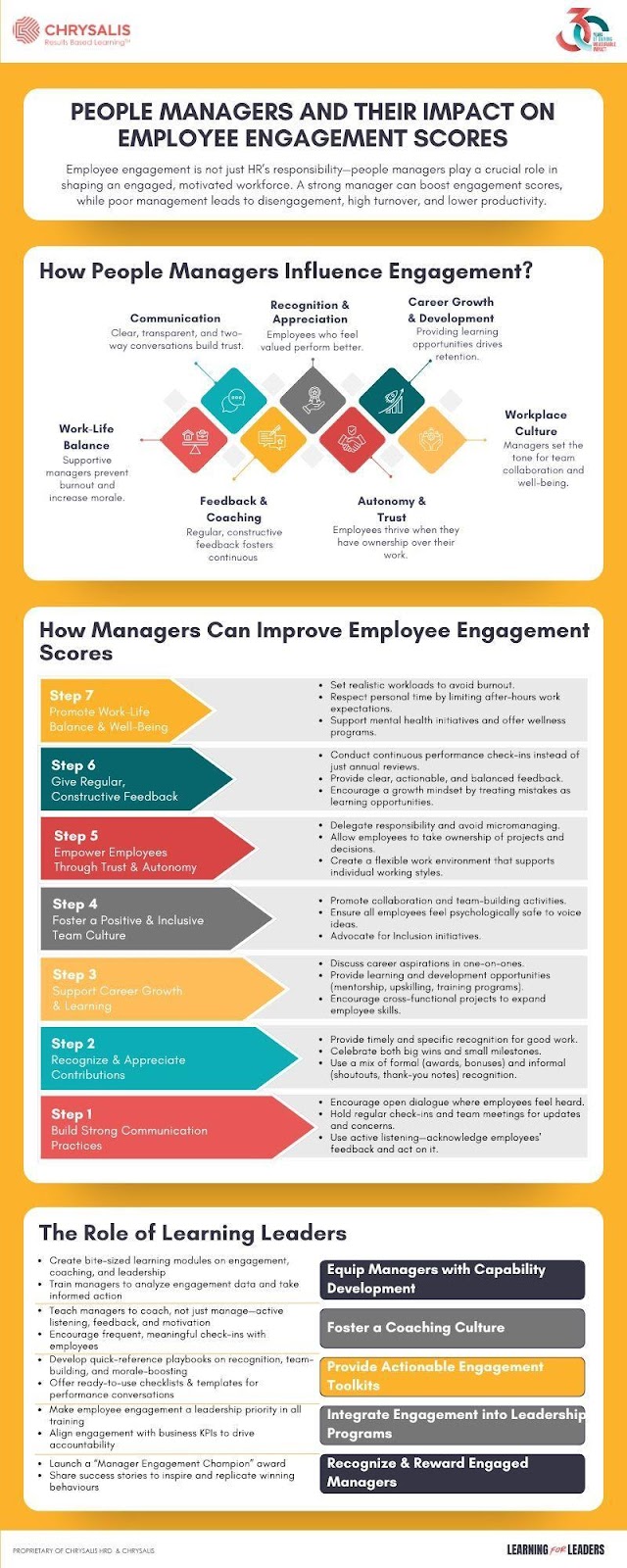
Image source: linkedin.com
Leadership Micro-Behaviors and Employee Well-Being
Leadership micro-behaviors—subtle, consistent actions by leaders—serve as the bedrock for fostering employee well-being. One particularly impactful micro-behavior is the practice of “active listening.” Unlike passive acknowledgment, active listening involves leaders fully engaging with employees’ concerns, paraphrasing their input, and responding with actionable follow-ups. This approach not only validates employees’ perspectives but also strengthens trust and psychological safety.
The mechanism behind this lies in the neuroscience of social connection. Studies show that when individuals feel genuinely heard, their brain releases oxytocin, a hormone linked to trust and bonding. This physiological response enhances emotional resilience and reduces workplace stress. For instance, a case study at Cisco revealed that managers trained in active listening saw a 17% improvement in team satisfaction scores within six months.
However, the effectiveness of micro-behaviors like active listening depends on context. In high-pressure environments, leaders may struggle to balance attentiveness with time constraints. To address this, organizations like Google have implemented structured “listening sessions,” ensuring leaders dedicate focused time to employee concerns without disrupting workflows.
“Small, intentional actions by leaders can create a ripple effect, transforming workplace culture and elevating well-being.”
— Dr. Emma Seppälä, Science Director, Stanford Center for Compassion and Altruism Research
By embedding micro-behaviors into daily leadership practices, organizations can cultivate environments where well-being and performance thrive symbiotically.
Personalized Engagement and Wellness Initiatives
Tailoring wellness initiatives to individual needs is a transformative strategy that redefines employee engagement. Unlike generic programs, personalized approaches leverage the unique preferences and circumstances of each employee, fostering a sense of ownership and alignment with organizational goals. This shift matters because it addresses the diverse factors influencing well-being, from physical health to mental resilience, creating a more inclusive and effective engagement framework.
One advanced technique is the integration of data-driven personalization. By analyzing metrics such as participation trends, health risk assessments, and feedback surveys, organizations can design initiatives that resonate deeply with employees. For example, a global consulting firm implemented a wellness platform that allowed employees to select from a menu of options, including virtual therapy, fitness stipends, and financial wellness coaching. This approach led to a 28% increase in program participation and a measurable reduction in stress-related absenteeism.
However, personalization is not without challenges. Over-customization can strain resources and complicate program management. To mitigate this, companies like HubSpot have adopted scalable personalization models, combining core wellness offerings with optional add-ons tailored to individual preferences.
“Personalized wellness initiatives empower employees to take control of their well-being, driving both engagement and productivity.”
— Dr. Laura McBain, Behavioral Scientist
By embedding personalization into wellness strategies, organizations can cultivate a culture where employees feel valued, supported, and motivated to excel.
